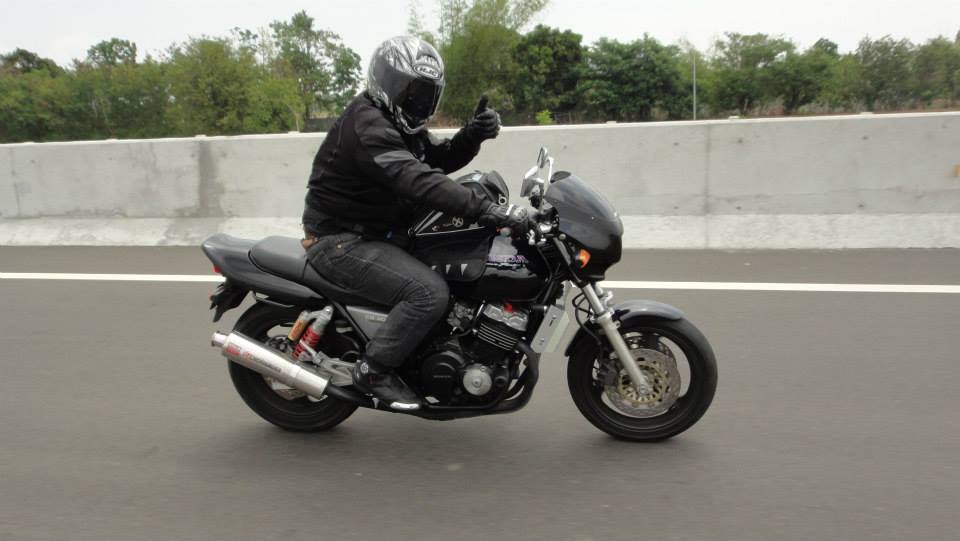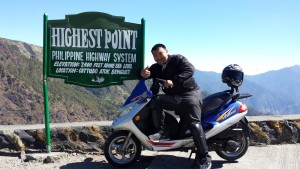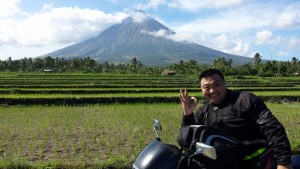
LEADERSHIP LESSONS IN MOTORCYCLING – Part 1
ANYONE CAN STEER THE SHIP BUT IT TAKES A LEADER TO CHART THE COURSE.
Do you know where you are going? Or are you just being led by the tide?
If you do not control your direction, you will be controlled by it. ~ Jack Welch
LEADERSHIP LESSONS IN MOTORCYCLING
Part 1 of 4
As a recreational motorcyclist (one who rides for fun and not for daily commute), I often realize that there are many leadership lessons in motorcycle riding. This 1st part of 4 focuses on the statement that anyone can steer the ship but it takes a leader to chart the course.
I became a motorcyclist in 2008 out of need, not want. Since I was new to it, I purchased a scooter for easier handling (no clutch). Initially, the motorcycle was for city commute only but, as all motorcyclists progress to, it eventually developed into use for out-of-town rides.
Together with some great friends, we formed ourselves into a loosely-bonded group called the Southern Riding Brotherhood (majority of us live in the South). When not riding with our Master Rider (known to us all as Chippoy), I usually find myself as the lead rider. This isn’t an easy thing or one to be taken lightly as a lot of responsibilities fall upon the ride leader such as:
- Route
- Pace
- Road conditions (constantly changing in the Philippines asphalt to concrete and vice versa with an occasional dab of rough, unpaved roads)
- Obstacles encountered (potholes, of which there are innumerable ones in the Philippines)
- Rest stops
- Fuel stops
- Line of sight with other riders (i.e. distance between riders in the group)
Consider this: A (ride) leader who is not constantly aware of his/her team in relation to the above-given conditions will be quick to be disconnected from the team. And when one is disconnected, stress (in various forms) has a foothold. This is when accidents have a big tendency to happen.
An example of when accidents happen is when a lone rider rides above his/her pace. This usually happens when he/she is disconnected from the group and thus has to catch up. While we are quick to fault the individual rider for such, a certain amount of responsibility falls upon the (ride) leader because he/she should have kept the group tight enough to not require one to ride above his/her pace.
More to come in Part 2.


Leave a Comment